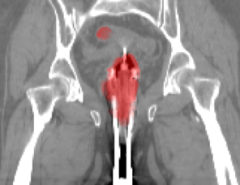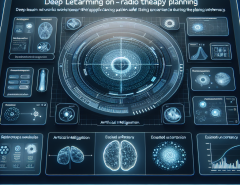Authors: Runqiu Shu, Xusheng Xu, Man-Hong Yung, Wei Cui
Published on: February 02, 2024
Impact Score: 8.38
Arxiv code: Arxiv:2402.01791
Summary
- What is new: The introduction of a hybrid quantum-classical architecture to improve GAN performance, which is more efficient in terms of computational resources.
- Why this is important: Training GANs is computationally expensive, especially for large neural networks.
- What the research proposes: A hybrid quantum-classical architecture (QC-GAN) that combines a quantum variational circuit with a one-layer neural network for the generator, and a traditional neural network for the discriminator.
- Results: QC-GAN achieved better performance metrics than classical GANs with fewer training parameters and iterations needed for convergence.
Technical Details
Technological frameworks used: MindSpore Quantum
Models used: Quantum variational circuit, one-layer neural network
Data used: Hand-written image generation
Potential Impact
Companies involved in image, video, and audio content generation could benefit. Markets related to AI and quantum computing technology development could see shifts.
Want to implement this idea in a business?
We have generated a startup concept here: Q-Artisan.


Leave a Reply